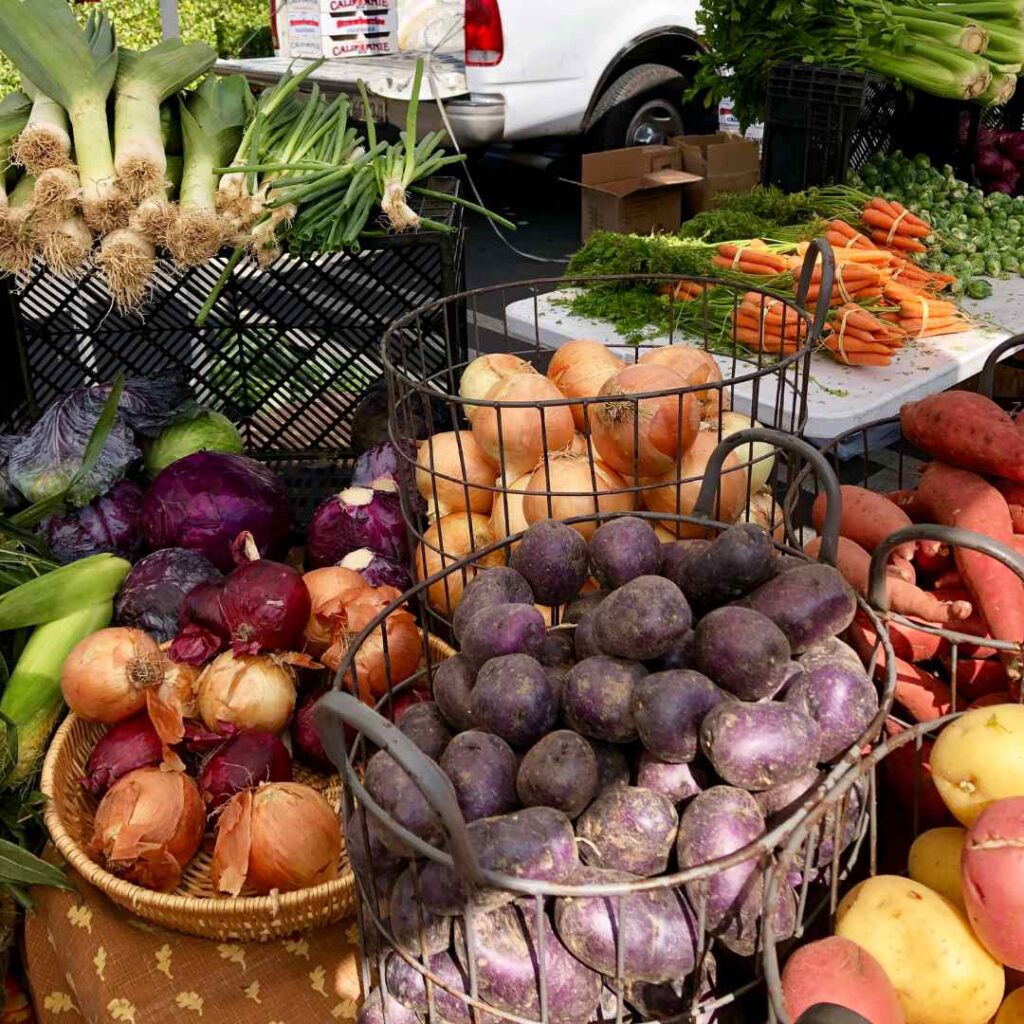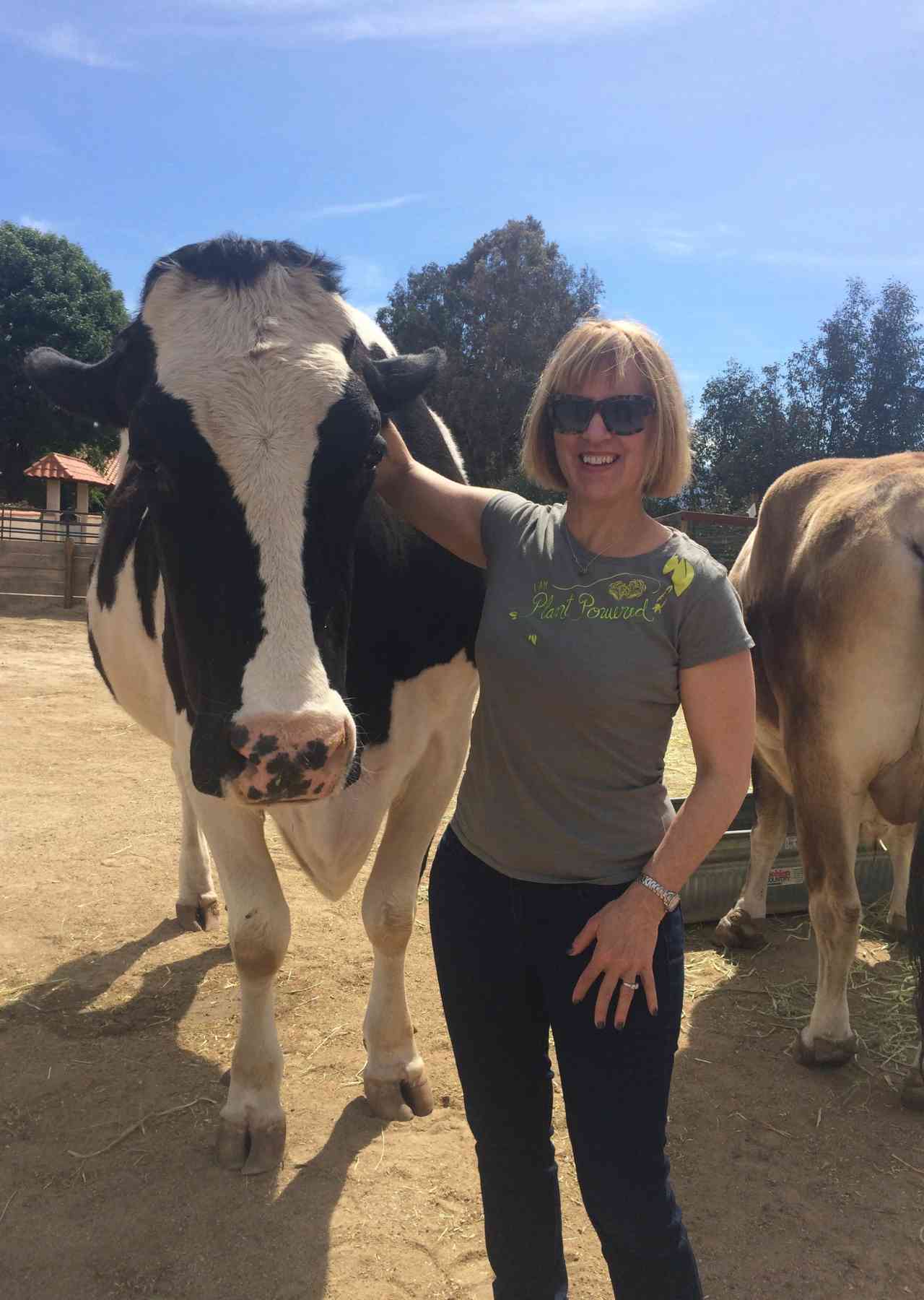5 Ways to Get Involved in Your Local Food System

Looking for solutions to food insecurity in your community? Hoping to promote a local food kitchen in your neighborhood? Check out these five strategies to volunteer and get involved in your local food system.
One of the key tenets of sustainability is ensuring that people within our communities have access to safe, healthful foods within their cultural preferences–this is a basic human need. Food is sustenance, but it is also tradition, culture, family, and love. You can get involved in a meaningful way in helping address issues of food security and access to safe, healthy local foods by getting involved in a meaningful way in your own community.

What is community?
Community is a term that describes unity among a group of individuals. Members of a community may be united by geographical location, experiences, or common interests. A community can describe a college campus and a city filled with people from all walks of life. Regardless of who makes up your community, one thing is for certain. Communities work best when everyone looks out for each other.
Food insecurity is a pressing matter, impacting more than 10% of US households. Since the beginning of the pandemic, the number of people facing food insecurity has increased, a change from previously declining rates. Fortunately, there’s plenty of ways to make a difference in your community, from volunteering at food banks, food kitchens, extension agencies, and local farms to starting your very own community garden.

5 Strategies to Make a Difference in Your Local Food System
1. Volunteer at a Food Bank
Food Banks are non-profit organizations that provide food to local food pantries, food kitchens, and shelters. In the United States, the assistance food banks receive from volunteers is extremely valuable. Once food has been dispatched from a food bank, it may end up at a food pantry. Food pantries directly interact with local communities to provide them with perishable foods, non-perishable foods, and personal hygiene products.
How can I get involved?
Volunteer your time! Finding a local food bank to volunteer for can be done in just a few clicks with Feeding America’s food bank locator. If you work for a company that makes or distributes food, you can also get involved by donating perishable and non-perishable food and grocery items. Looking for more ways to get involved? Check out Feeding America for more ways to make a difference in your community.

2. Volunteer at a Local Food Kitchen Food Kitchens
Food kitchens, also known as soup kitchens, are facilities that provide freshly prepared meals to members of their community at no cost. Meals, available for pick-up, delivery, or enjoyment in a communal dining room, are offered by food kitchens throughout the week during designated times. Food kitchens serve anyone who has difficulty preparing or accessing food, no questions asked. The goal of a food kitchen is to ensure no member of the community goes without food or companionship.
How can I get involved?
The best way to get involved with your local food kitchen is to donate supplies and volunteer your time in the kitchen. Kitchen volunteers help prepare and serve meals, and often help with cleaning the dining area after guests have left. Some food kitchens offer meals on wheels and need volunteers to deliver meals to homebound members of their community. Third party websites for locating food kitchens are helpful, but not comprehensive. Another way to locate your local food kitchen is to search “food kitchen”, then your location. (e.g., food kitchen Burlington, VT).

3. Check Out Extension Agencies
Extension agencies are local organizations associated with counties, colleges, and universities that assist with community development in rural and urban areas. The goal of an extension agency is to provide agricultural resources to consumers, families, and farmers, thereby improving the overall quality of life for everyone in the community.
How can I get involved?
Extension agencies serve communities by offering educational resources and volunteer opportunities in areas such as gardening, health and nutrition, natural resources, and sustainability. Volunteer programs offered by extension agencies provide community members with the knowledge and skills they need to educate others and promote sustainable agricultural practices. You can locate your local extension agency and other useful agricultural resources using the college directory provided by the National Institute of Food and Agriculture (NIFA).

4. Volunteer on a Farm
Volunteering on local farms is a great way to nurture your green thumb and earn some locally grown produce. Some local farms even practice community supported agriculture (CSA) where community members get involved in local food production by purchasing a share of farmland. A CSA is a great way to engage with your local food system and receive seasonal produce without worrying about the daily upkeep of farming.
How can I get involved?
Next time you shop your local farmers market, ask farmers if they are currently accepting volunteers. Small, locally owned farms often accept volunteers and provide them with fresh fruits and vegetables for their hard work. The Internet is a wonderful resource, but sometimes the best way to learn about local opportunities is to go out and speak directly with other members of your community.

5. Start a Community Garden
Community gardens, like CSAs, give community members the opportunity to get involved in local food production. The process of starting a community garden is lengthier than joining a CSA but just as rewarding. Community gardens serve their communities by offering a personal connection to the environment and fresh, locally grown, and owned produce.
How can I get involved?
The USDA, local extension services, and the American Community Gardening Association offer plenty of resources for anyone looking to start a community garden. Don’t be intimidated by the breadth of information available to you, this is the perfect time to collaborate with members of your community! The first step is to talk to your neighbors, see if there’s a need for a community garden, and discuss what type of garden will meet the needs of your community.
To learn more about sustainability, check out:
Start a Climate-Friendly Victory Vegetable Garden Today!
The Western Diet, Disastrous for the Environment
Eco Friendly Gift Guide for the Kitchen
6 Ways to Conserve Water with Your Diet
Written by Cara Joseph, Dietetic Intern, with Sharon Palmer, MSFS, RDN
Photos by Sharon Palmer, MSFS, RDN
References:
Feeding America. (n.d.) Corporate food donations. Retrieved from: https://www.feedingamerica.org/ways-to-give/corporate-and-foundations/product-partner
Feeding America. (n.d.). Food bank network. Retrieved from: https://www.feedingamerica.org/our-work/food-bank-network
Feeding America. (n.d.) The impact of coronavirus on food insecurity. Retrieved from: https://www.feedingamerica.org/research/coronavirus-hunger-research
National Agricultural Library (n.d.) Community gardening. Retrieved from: https://www.nal.usda.gov/legacy/afsic/community-gardening
National Agricultural Library. (n.d.) Community Supported Agriculture. Retrieved from: https://www.nal.usda.gov/legacy/afsic/community-supported-agriculture
National Institute of Food and Agriculture. (n.d.). Extension. Retrieved from: https://www.nifa.usda.gov/about-nifa/how-we-work/extension
Natural Resources Conservation Service Plant Materials Program. (n.d.) Community gardens. Retrieved from: https://www.nrcs.usda.gov/wps/portal/nrcs/detail/plantmaterials/technical/publications/?cid=stelprdb1044310


